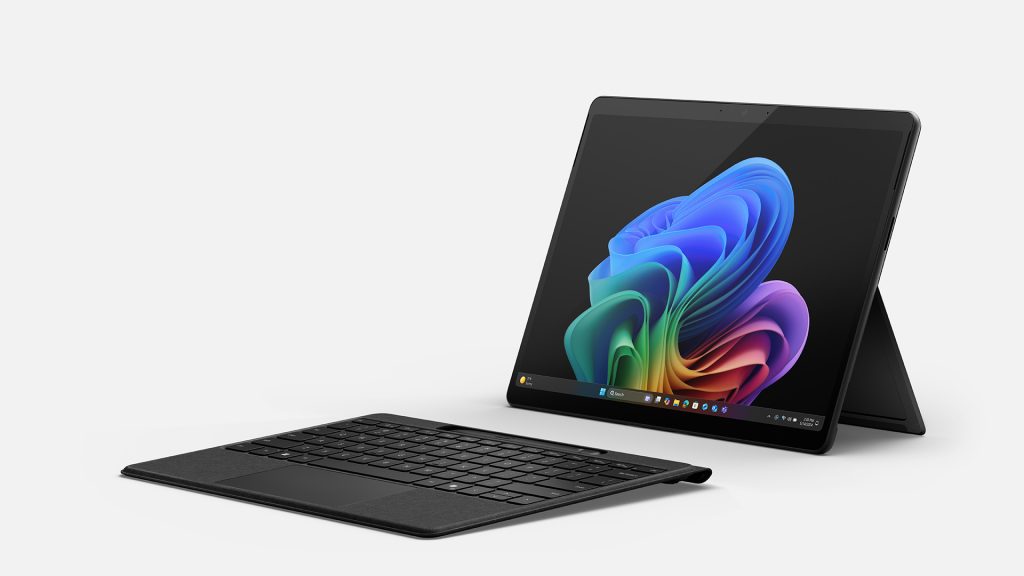


Well, it looks like Skype is finally bowing out. Honestly, I’m not shocked it managed to survive as long as it did.
Sure, I might be a little harsh here; it’s important to acknowledge Skype’s significant role in the evolution of digital communication. It democratized video chats, breaking down barriers that once confined video conferencing to corporate bigwigs with deep pockets. For a fleeting moment in the early 2010s, Skype was ubiquitous, allowing us to engage in heartfelt conversations with loved ones or friends who were just too far away for a casual bike ride.
Yet, it’s hard to ignore Skype’s myriad issues, especially prior to the pandemic that catapulted Zoom to fame. I distinctly remember the days of waiting endlessly for a call to connect, frequent audio disturbances, and the all-too-common login troubles. Yes, broadband speeds have surged since Skype’s inception in 2003, but that doesn’t excuse the app’s shortcomings.
The Microsoft Conundrum
Skype’s most significant triumph also became its Achilles’ heel: the 2011 acquisition by Microsoft. That multi-billion dollar buyout aimed to replace Windows Live Messenger (formerly the legendary MSN) and, for a time, it did wonders for Skype, embedding it into countless Windows devices and expanding its global reach.
However, being under Microsoft’s wing isn’t exactly a blessing. Remember Zune? Yeah, me neither. The list of products and services Microsoft has retired is extensive, and many foresaw trouble long before intense competition showed up to the party.
A significant downside was Microsoft’s relentless push for Teams’ prominence. Speaking as someone who endured the trials of Microsoft Teams during a less-than-ideal job, I can attest to its many flaws. Clunky features, bizarre settings, and an insatiable appetite for system resources make it a frustrating experience, especially on older hardware.
Microsoft remains determined to establish Teams as the go-to solution, causing Skype to slowly fade into the background as its functionalities were repurposed to bolster Teams. Following Skype’s recent demise, Microsoft is now actively urging users to migrate to Teams.
And what did Skype receive in return? A dribble of unsolicited features that failed to enhance its core video calling experience. The interface grew cluttered, frequent redesigns confused users, and despite this relentless evolution, a sense of stagnation prevailed. Meanwhile, competitors like Facebook and WhatsApp, driven by socially focused video calling, provided a more intuitive and enjoyable experience.
Pandemic Effects
Although Zoom has been around since 2011 (the same year Microsoft bought Skype), you might think it emerged solely during the COVID-19 pandemic. As our workplaces vanished and we constructed makeshift home offices, video conferencing became indispensable, highlighting Skype’s glaring deficiencies.
Technical debt is a tricky beast, and Skype’s aging software—once groundbreaking—became a heavy anchor over time. With Teams taking center stage, Microsoft showed little interest in invigorating Skype. The app didn’t transition to a modern, centralized system until half a decade post-acquisition.
One of the most significant missteps was Microsoft’s decision to retain ties to traditional phone numbers, including a dial pad feature in a landscape that favors integrated accounts. This was likely an attempt to retain older users unfamiliar with modern alternatives, but the appeal of Zoom’s streamlined interface and larger call capacity made it the obvious choice for professionals navigating a chaotic world.
All Hail Zoom
It’s not a universal truth that everything Microsoft touches turns to dust—just look at the Surface tablet line, which has finally hit its stride! However, the tech giant has garnered a reputation for diminishing returns. Having watched the slow decline of Windows over the years, understanding Skype’s downfall becomes much clearer.
I’ve come to believe that Microsoft struggles to leave things alone. Everything must be more! More features, more data, more settings, more AI! Forgetting user needs, the aim seems to be an ever-expanding interface filled with constant updates. Once you grasp Microsoft’s incessant push for “progress,” their successes and failures start to make a lot more sense.
What people needed during the pandemic was a simple, effective video conferencing tool. Unfortunately, they didn’t find that in Skype; by then, it had become a convoluted relic of its previous self due to excessive “innovation” by Microsoft. So here’s a word of advice for the creators of Zoom: if it ain’t broke…






















